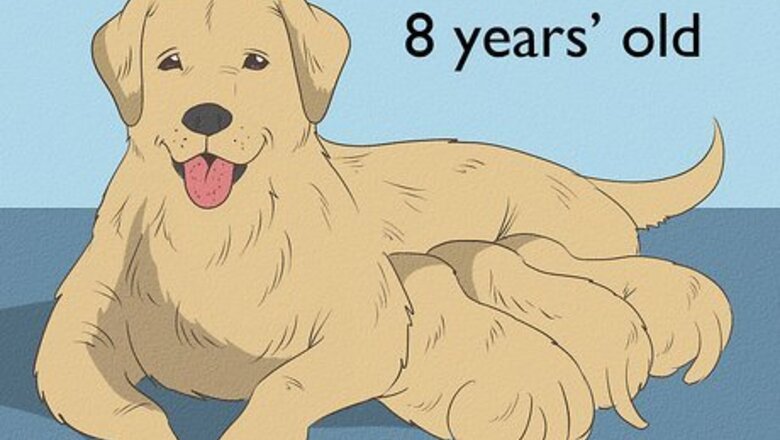
views
Following General Standards
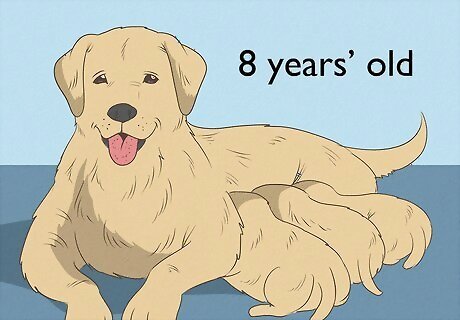
Factor in the age of the dog. There are a variety of opinions and standards as to when dogs should be retired from breeding. However, you should follow standards you are most comfortable with to protect the health of your dog. Many kennel clubs require a dog to be 8 years or younger to register litters. Many vets suggest that dogs of normal health should be retired from breeding around 8 years old. The strictest standard to retire a dog from breeding is 5 years of age. Consult your vet when considering breeding a dog older than 5 years old. The age of your dog needs to be evaluated with other factors including size and breed.
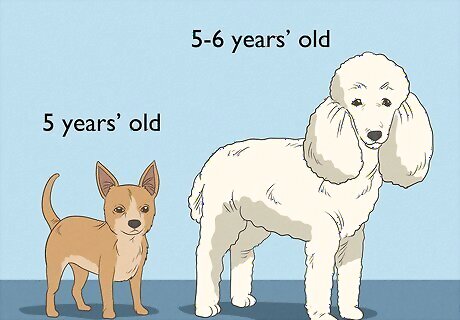
Consider the breed of the dog. Certain breeds of dogs should be retired from breeding earlier than others. This is because some breeds have physiological issues and other related problems that could cause complications with pregnancy. Chihuahuas and other toy dogs should be retired from breeding around 5 years old. Large breed dogs like standard poodles should be retired from breeding around 5 or 6 years old. Medium sized dogs may be bred longer than small or large breed dogs, depending on specific medical conditions and the opinion of your veterinarian.
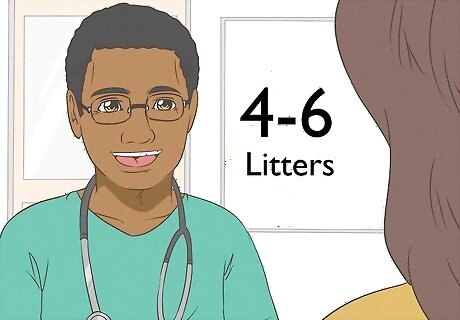
Think about the number of litters the dog has produced. Many responsible breeders, vets, and kennel clubs suggest that people stop breeding dogs after a certain number of pregnancies. Consider: Some kennel clubs will stop registering litters after a dog has whelped 4 or 6 litters. Many veterinarians advise to retire a dog from breeding after 4 litters. The higher number of pregnancies, the lower the genetic diversity within a certain breed. Many irresponsible breeders, known as puppy mills, produce large numbers of dogs regardless of the health and well-being of the dogs themselves.
Evaluating Individual Health
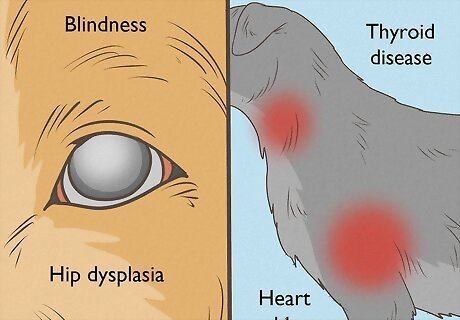
Determine if the dog has demonstrated any inheritable conditions. You should stop breeding a female dog if she or her offspring has developed some sort of medical condition that is inheritable. Such dogs are bad breeding stock and will perpetuate health problems and the decline of the breed. Some conditions include: Blindness. Heart problems. Hip dysplasia. Thyroid disease.
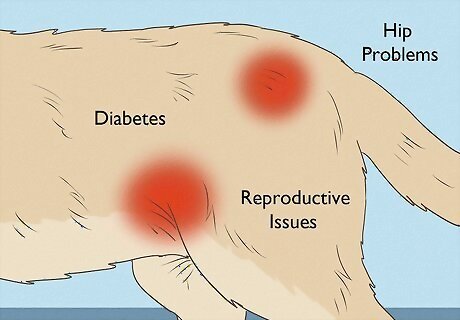
Observe if the dog is healthy enough to continue breeding. Discontinue breeding if your dog has developed medical problems that threaten their health or wellbeing. In addition, don’t breed the dog if it has a medical condition that can be exacerbated by pregnancy. Some problems include: Diabetes. Hip problems, like hip dysplasia. Reproductive issues like prolapsed or distended uterus.
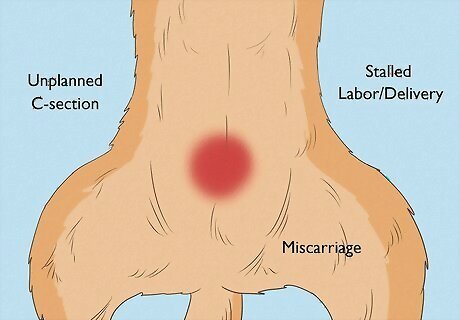
Consider if the dog has had any complicated pregnancies. Most vets and breeders agree that dogs who have had complicated pregnancies should not be bred again. This is because complications are a good indication of problems in the future. Such complications include: An unplanned C-section. Miscarriage. Stalled labor and delivery.
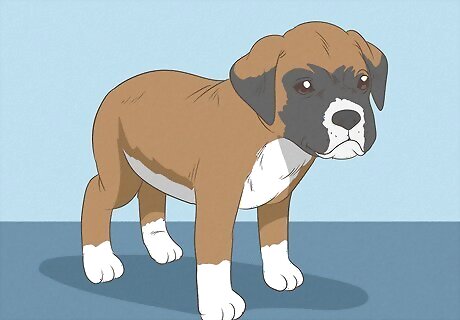
Reflect on whether the dog meets breed standards. One of the major mottos of responsible breeders is “breed to improve.” Thus, you should stop breeding your female dog if you think her offspring does not represent a breed standard or improve the health of the breed. Consider if: The puppies are good representatives of the overall breed. For example, a desirable boxer dog is flashy fawn (brown with a white chest) and white feet (“socks”). The offspring possess characteristics that are undesirable. Such characteristics include albinism, blindness, or birth defects. Consult a kennel club for more information about breed standards.
Learning About Breeding
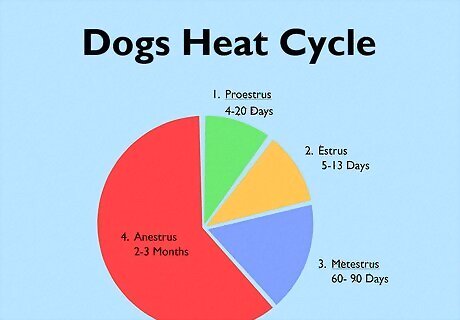
Understand the heat cycle. The heat cycle is the cycle, like human menstruation, that regulates the reproductive system of female dogs. Before thinking about breeding, you need to be familiar with the of the heat cycle. Female dogs go into heat starting around 4 months old. This depends on size though, as small dogs may begin around 4 months and larger dogs may not begin until 24 months. Heat lasts approximately 2 to 4 weeks. Many dogs are most fertile about 9 or 10 days after heat has begun. This period is about 5 days long. After reaching maturity, dogs will go into heat regularly. For most dogs, this is about every 6 months. Smaller dogs may go into heat every 3 or 4 months, and larger dogs may only go into heat every 12 to 18 months.

Learn about health complications associated with pregnancy. As a demanding physical condition, pregnancy puts serious stress on a dog’s body. In addition, there are a variety of complications that could threaten the dog’s health. Some problems include: Uterine infection. Inflammation of the mammary glands. Eclampsia, which is a condition associated with blood calcium depletion in nursing dogs. Prolapsed or distended uterus.
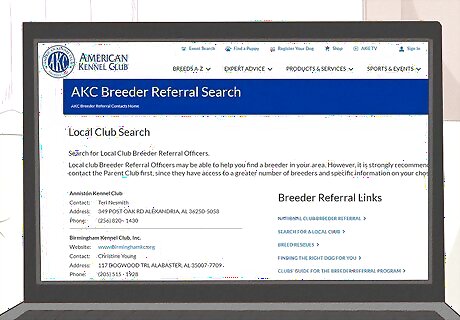
Talk to experienced breeders. Experienced breeders in your community, or around your region, are a great resource for you when it comes to learning about breeding. As people who have bred dogs for many years, they know the intricacies of breeding. Contact a kennel club, like the American Kennel Club, for information on experienced breeders near you. In addition, a kennel club might have information on breeding or a contact person for breeders. Find a mentor in your community. You might be able to find a mentor through a veterinarian.












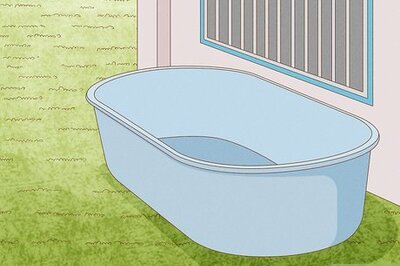







Comments
0 comment